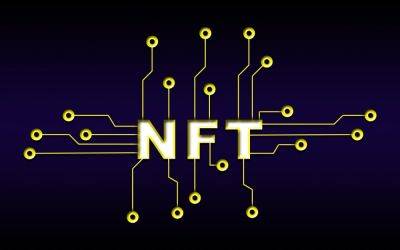51% Attacks on Bitcoin and Ethereum Networks Are Not Possible Due to Impractical Costs: Coin Metrics
It is no longer viable for nation-states to destroy the Bitcoin (BTC) and Ethereum (ETH) networks through 51% attacks.
According to the latest research from crypto intelligence firm Coin Metrics, the astronomical costs required to carry out such attacks make them impractical and unprofitable.
A 51% attack refers to a malicious actor owning more than 51% of the mining hash rate in a proof-of-work system like Bitcoin or 51% of staked crypto in a proof-of-stake network like Ethereum.
This level of control theoretically enables attackers to manipulate the blockchain and undermine its integrity.
In the report, Coin Metrics researchers Lucas Nuzzi, Kyle Water, and Matias Andrade argued that the current cost of capital and operational expenses associated with achieving 51% control make continuous attacks by nation-state actors unfeasible.
The researchers introduced a metric called “Total Cost to Attack” (TCA) to quantify the cost of attacking a blockchain network.
Using this metric, the report concluded that there are no profitable avenues for attacking either the Bitcoin or Ethereum networks, rendering the financial incentive for nefarious attackers obsolete.
The report highlighted that even in the most profitable double spend scenario considered, where an attacker could potentially make $1 billion after spending $40 billion, the rate of return would only be 2.5%.
Analyzing secondary market data and real-time hash rate output, the researchers found that a 51% attack on Bitcoin would require the purchase of approximately 7 million ASIC mining rigs, totaling around $20 billion.
However, there simply aren’t enough ASIC rigs available on the market to execute such an attack.
Even if a nation-state attacker were resourceful enough to
Read more on cryptonews.com





















